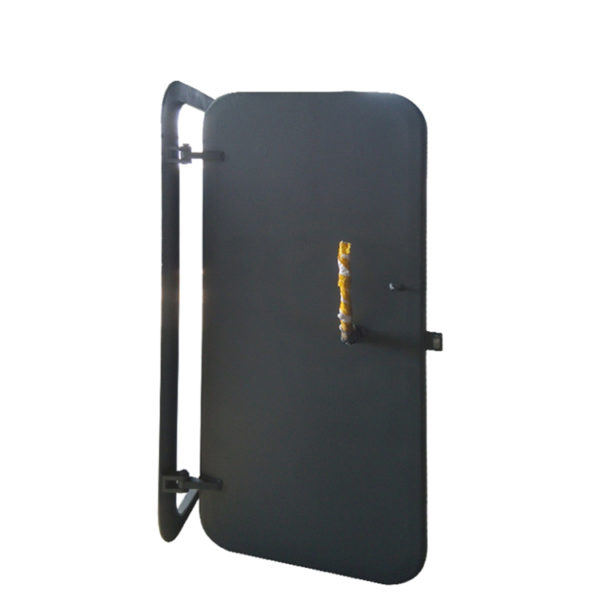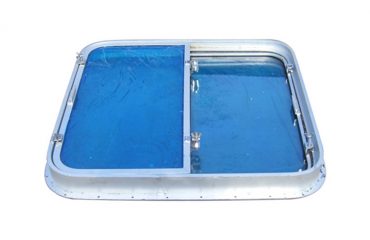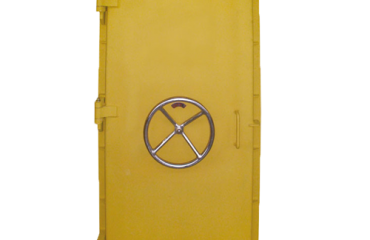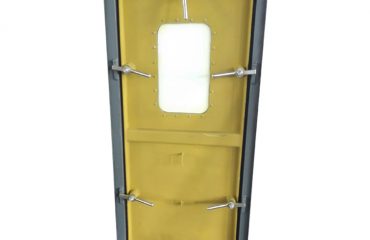
Marine Doors
On ships, boats, and offshore platforms, marine doors are far more than simple entryways—they are critical components that protect crews, passengers, and cargo from the harsh marine environment, while also supporting the vessel’s structural integrity. Designed to withstand saltwater corrosion, heavy waves, and extreme weather, marine doors are engineered for safety, durability, and specific functional needs, making them essential for all types of maritime operations.
Key Types and Their Purposes
Marine doors come in distinct types, each tailored to different areas of a vessel and specific use cases. The most common is the watertight door, a staple in cargo holds, engine rooms, and passenger cabins. Watertight doors are built to seal completely when closed, preventing water from leaking between compartments—critical in case of hull damage or flooding. They often use rubber gaskets and heavy-duty latches that create an airtight, watertight seal, and many are operated manually (with hand wheels or levers) for reliability, though larger vessels may have hydraulic or electric versions for heavy doors.
Another vital type is the fire door, designed to contain fires and smoke within a specific area. Marine fire doors are made from fire-resistant materials like steel or fire-retardant wood, and they close automatically when a fire alarm is triggered. This slows the spread of flames and toxic smoke, giving crews and passengers more time to evacuate or respond to the emergency. Fire doors are mandatory in passenger areas, engine rooms, and storage spaces where flammable materials are kept.
For areas needing regular ventilation, weathertight doors are used. Unlike watertight doors, they allow small amounts of air circulation but block rain, spray, and wind. Weathertight doors are common on deck access points, crew quarters, and open-air storage areas—they keep interiors dry while preventing stuffiness. Some models have adjustable vents or mesh screens to balance ventilation and weather protection.
Lastly, sliding marine doors are used in tight spaces where swinging doors would be impractical, such as narrow corridors or near equipment. These doors slide along tracks, saving space and reducing the risk of accidental damage from swinging into machinery or crew members. They can be watertight, weathertight, or fire-rated, depending on their location.
Material Selection: Fighting Corrosion and Wear
The marine environment—with its saltwater, high humidity, and constant exposure to wind and waves—demands materials that resist corrosion and degradation. The most widely used material for marine doors is marine-grade steel (often ASTM A36 or A131), which is treated with anti-corrosion coatings like galvanization or epoxy paint. Steel doors offer exceptional strength, making them ideal for watertight and fire doors that need to withstand pressure or impact.
For lighter applications or areas where weight is a concern (like small boats or yacht cabins), aluminum alloy doors are popular. Aluminum is lightweight, resistant to corrosion, and easy to shape, though it is less strong than steel—so it is typically used for weathertight doors rather than heavy-duty watertight ones. Some aluminum doors are also anodized (a process that adds a protective oxide layer) to enhance their resistance to saltwater.
In passenger areas or luxury yachts, fire-retardant wood or composite materials may be used for aesthetic purposes. These materials are treated to resist fire and moisture, with a protective sealant to prevent warping or rotting from humidity. While they offer a more polished look, they are always paired with underlying structural elements (like steel frames) to maintain safety standards.

Marine Doors
Safety Standards and Compliance
Marine doors are subject to strict international standards to ensure they meet safety requirements. The International Maritime Organization (IMO) sets guidelines through its International Convention for the Safety of Life at Sea (SOLAS), which mandates specifications for watertight and fire doors—including their ability to withstand pressure, fire resistance duration, and locking mechanisms. For example, SOLAS requires watertight doors in cargo ships to withstand a pressure of at least 0.21 bar (3 psi) to prevent flooding, while fire doors must resist flames for 60 to 120 minutes, depending on their location.
Additionally, classification societies (like Lloyd’s Register or DNV) inspect and certify marine doors to ensure they comply with these standards. Each door must undergo testing—such as pressure tests for watertightness or fire resistance tests in controlled environments—before it can be installed on a certified vessel. This compliance ensures that marine doors perform reliably in emergencies, protecting lives and property.
Maintenance for Longevity
To keep marine doors functioning properly, regular maintenance is essential. The first step is corrosion prevention: crews should clean doors regularly with fresh water to remove salt buildup, then inspect coatings for chips or wear. Damaged coatings should be repaired promptly to prevent rust from forming on steel doors.
For moving parts—like hinges, latches, and sliding tracks—lubrication is key. Marine-grade lubricants (resistant to saltwater and humidity) should be applied every few months to ensure smooth operation. This is especially important for watertight doors, as stuck latches could prevent them from sealing properly in an emergency.
Crews should also conduct routine functional checks: testing watertight doors to ensure they close fully and seal tightly, verifying that fire doors close automatically when triggered, and checking sliding doors for smooth movement. Any issues—like loose hinges or damaged gaskets—should be repaired immediately to maintain safety.





